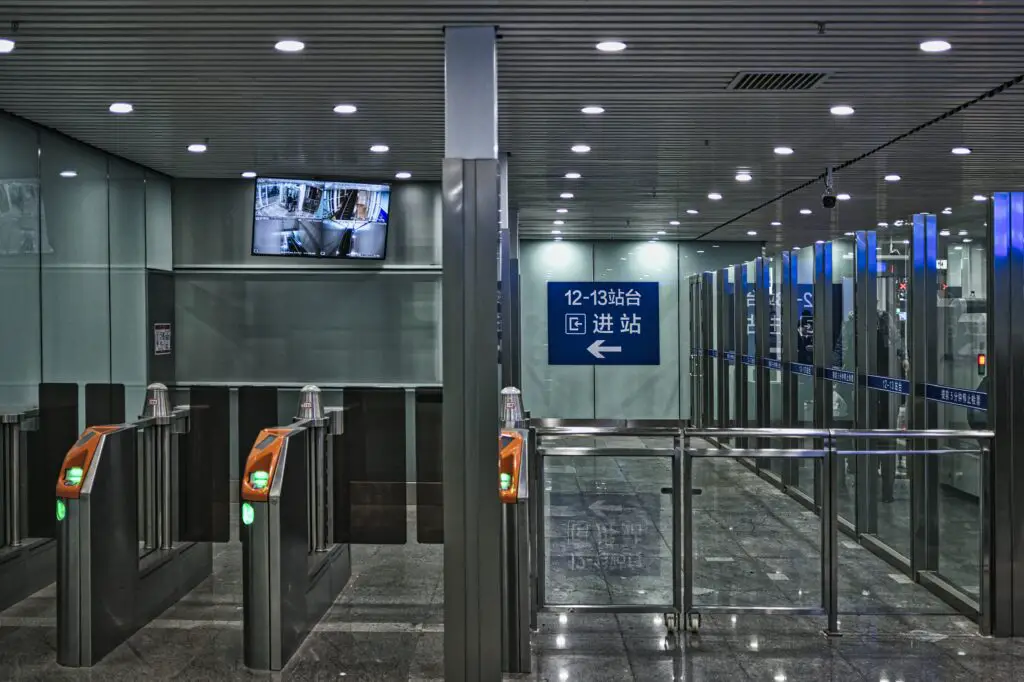Airport scanners are an essential part of airport security, as they help identify any prohibited items that passengers may be attempting to bring onto a plane. While these scanners are primarily designed to detect weapons and explosives, they can also detect drugs, albeit to a lesser extent. There are two main types of scanners used at airports: X-ray machines and body scanners.

X-ray machines use high-energy radiation to create images of the contents of bags and suitcases. When a bag is placed on the conveyor belt and moves through the machine, the X-rays pass through the bag and create an image on a screen. The image shows the contents of the bag, including any objects that may be inside. If drugs are present in the bag, they may appear as a dense mass or as irregular shapes that are different from the surrounding objects.
Body scanners use a different technology, called millimeter-wave imaging, to create images of the human body. When a passenger steps into the body scanner, it emits low-energy electromagnetic waves that pass through clothing and create a three-dimensional image of the body. The image shows any objects that may be hidden under clothing, including drugs. However, body scanners are not designed to specifically detect drugs and may miss small amounts of drugs that are concealed in certain ways.
In addition to these scanners, airport security personnel may also use drug-sniffing dogs to identify drugs that may be present on passengers or in their luggage. These dogs are trained to detect the scent of drugs, and can quickly and accurately identify the presence of drugs. However, they are not always used, as they can be expensive and require extensive training.
It is important to note that while scanners can detect drugs, they are not foolproof. Some drugs may be difficult to detect, particularly if they are well-concealed or hidden in a way that makes them difficult to distinguish from other objects. Additionally, scanners may not be able to detect drugs that are in very small quantities, or drugs that are disguised as something else, such as food or electronics.
Furthermore, some drugs are legal in certain countries but illegal in others, and the regulations and laws surrounding drug possession and transportation can vary widely depending on the location. For example, prescription medications may be legal in one country but illegal in another, or a particular drug may be legal for medicinal use but illegal for recreational use. It is important to research and understand the laws and regulations of the countries you are traveling to and from, and to ensure that any medications or drugs you are carrying are legal and properly labeled.
In conclusion, airport scanners can detect drugs to a certain extent, but their effectiveness depends on a variety of factors, including the type of scanner used, the amount and type of drug present, and the way the drug is concealed. While scanners can be useful in identifying drugs, they are not always able to detect all drugs and may produce false positives or false negatives. It is important for travelers to understand the laws and regulations surrounding drug possession and transportation, and to ensure that any drugs they are carrying are legal and properly labeled.
